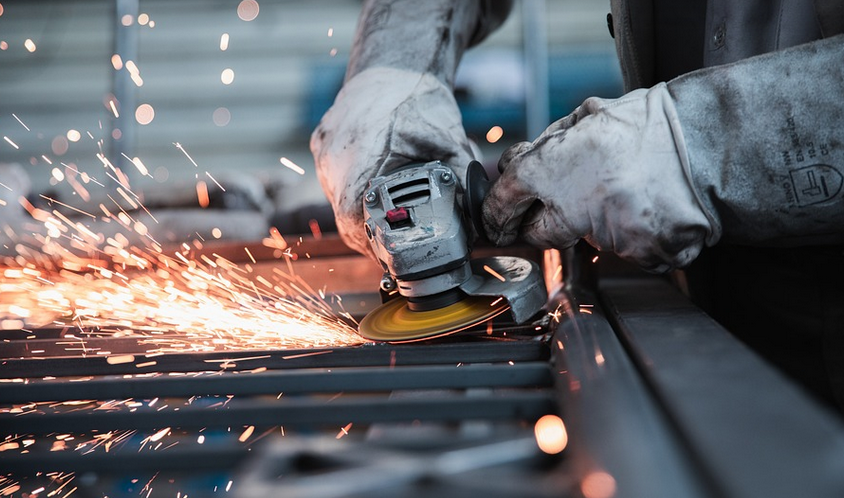
How To Spot Asbestos In Mortar: A Guide For Homeowners
Understanding the Risks
Asbestos is a tricky material we need to be mindful of, especially when dealing with older homes and construction projects. While it was used extensively in building materials like insulation and cement back in the 20th century, its potential health hazards are well-documented. Asbestos fibers, once disturbed during demolition or renovation work, can become airborne and cause serious respiratory problems.
Mortar, the material that binds bricks, blocks, and stone together, is often a site for asbestos contamination. If you’re dealing with any type of construction project in your home, especially if you live in an older structure built before the 1970s, it’s crucial to know how to identify if your mortar contains this potentially dangerous material.
Identifying Mortar Containing Asbestos
Unfortunately, there’s no foolproof way to determine the presence of asbestos without professional testing. Instead of relying on guesses and DIY methods, remember that safety comes first. If you suspect asbestos in your home’s mortar, it’s best to contact a qualified contractor or environmental specialist. They have the experience and equipment necessary for proper identification.
However, we can talk about some common characteristics that might raise suspicion:
1. **Appearance:** One of the most noticeable clues is the color. Asbestos-containing mortar often appears a different shade than regular mortar. While it may not be instantly noticeable to the untrained eye, if you notice a change in the mortar’s color, it could signal the presence of asbestos.
2. **Texture:** The texture can also provide valuable information. If your mortar feels gritty and uneven or contains powdery flakes, this could hint at the possible presence of asbestos fibers. It’s important to note that these characteristics may not be exclusive to asbestos and could occur in other materials as well.
3. **Cracking:** Asbestos-containing mortar can experience increased cracking over time. So if you notice cracks or fissures in your mortar, it could indicate the presence of this material and its potential for deterioration.
4. **Water Damage:** Moisture is a risk factor for asbestos contamination. If your mortar has been exposed to water damage, particularly around foundations or windows, asbestos fibers might have become more likely to be released during repair or demolition.
5. **Historical Context:** The presence of asbestos in mortar can often be traced back to the era of its construction. For example, homes built before 1970 are much more likely to contain this material than those constructed after that time period.
Safety First: Why Professional Testing is Crucial
Identifying and dealing with asbestos requires caution. It’s vital to remember that asbestos fibers can be hazardous even in small amounts. If you believe your mortar might contain asbestos, it’s best to err on the side of caution and consult a professional.
Professionals are equipped to safely test for asbestos. This usually involves sending samples of the mortar to accredited laboratories where specialized testing techniques confirm its presence or absence. While this may seem like an added step, remember it is necessary to ensure your safety and prevent any potential hazards from arising.
A professional’s expertise can also offer valuable insights into the history of your home. This information will be crucial in formulating a comprehensive plan for handling any asbestos-containing materials within your structure.
Remember: The presence of asbestos doesn’t necessarily mean demolition is inevitable. Depending on the location and amount of asbestos found, there are various solutions and safe practices that professionals can employ.
What to Do if You Suspect Asbestos
If you suspect your mortar contains asbestos, don’t delay! Here are some crucial steps:
1. **Consult a Professional:** The most important step is to contact a qualified contractor or environmental specialist who has experience in handling asbestos-containing materials.
2. **Prioritize Safety**: Asbestos fibers can be dangerous, especially if they become airborne. This means working with professionals who know how to handle and dispose of these materials safely and efficiently.
3. **Document Everything**: Take note of any observations regarding the mortar’s color, texture, or cracks, as this will aid the professionals in their assessment.
4. **Follow Instructions Carefully:** Professionals will provide detailed instructions on handling your home and managing potential asbestos-related activities.
Don’t hesitate to ask questions! It’s crucial to understand every aspect of the process so you can feel confident about moving forward with appropriate measures.
Prevention is Key
Preventing asbestos contamination in new construction or renovations is always a good idea. When it comes to mortar, consider these preventative measures:
1. **Using Asbestos-Free Alternatives**: When building new structures or renovating existing ones, prioritize the use of concrete and cement mortars that do not contain asbestos.
2. **Proper Ventilation:** Ensure adequate ventilation during demolition or renovation work to minimize airborne asbestos fibers.
3. **Wearing Protective Gear:** Always wear protective gear such as masks, gloves, and eyewear when working with materials containing asbestos. This will protect you from potential exposure.
4. **Professional Handling**: Remember that handling asbestos-containing materials should only be undertaken by trained professionals who have the necessary knowledge, experience, and protective equipment to ensure safety.
By staying informed about asbestos risks and taking proper precautions, we can create safe and healthier homes for ourselves and our families.